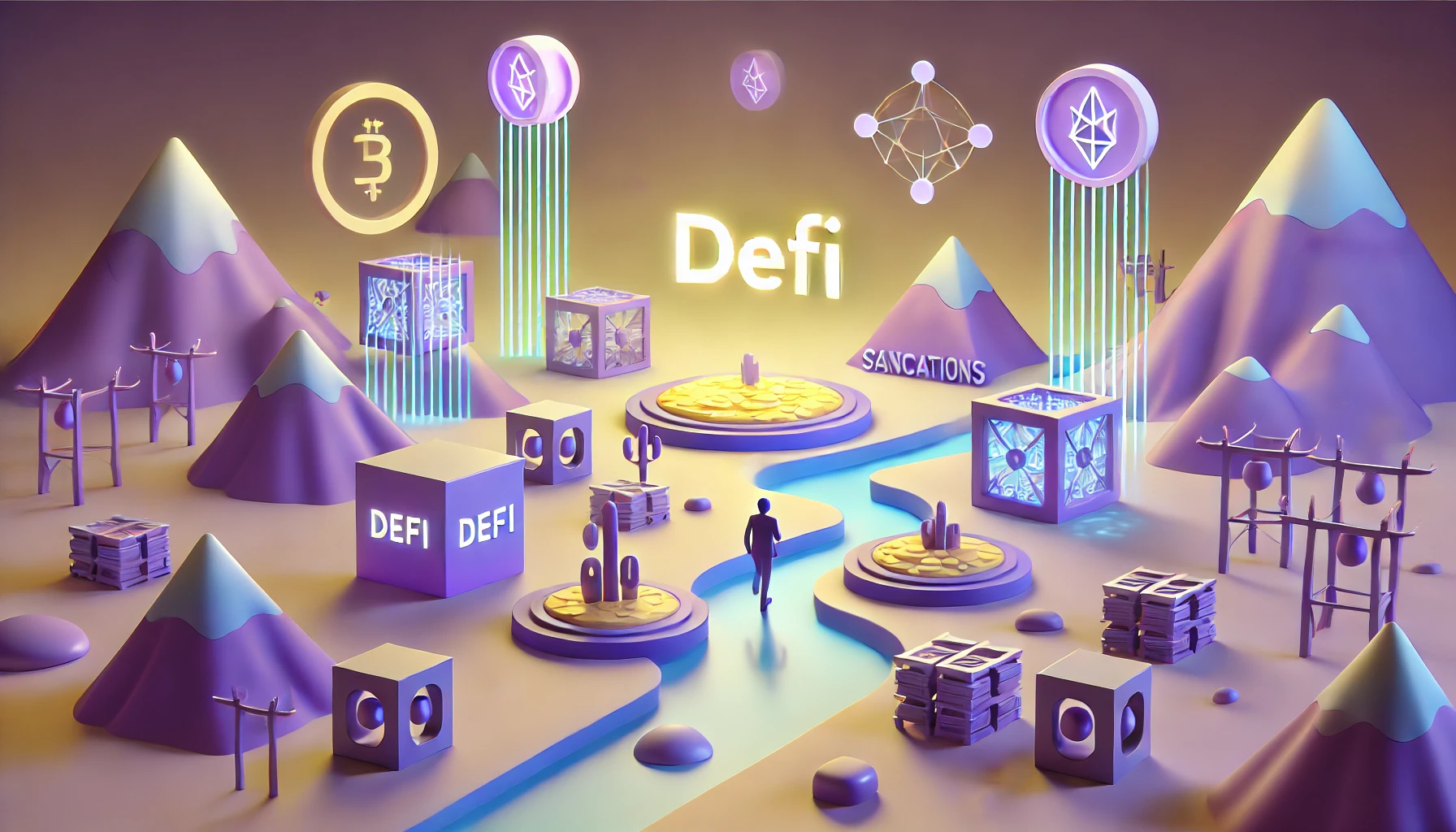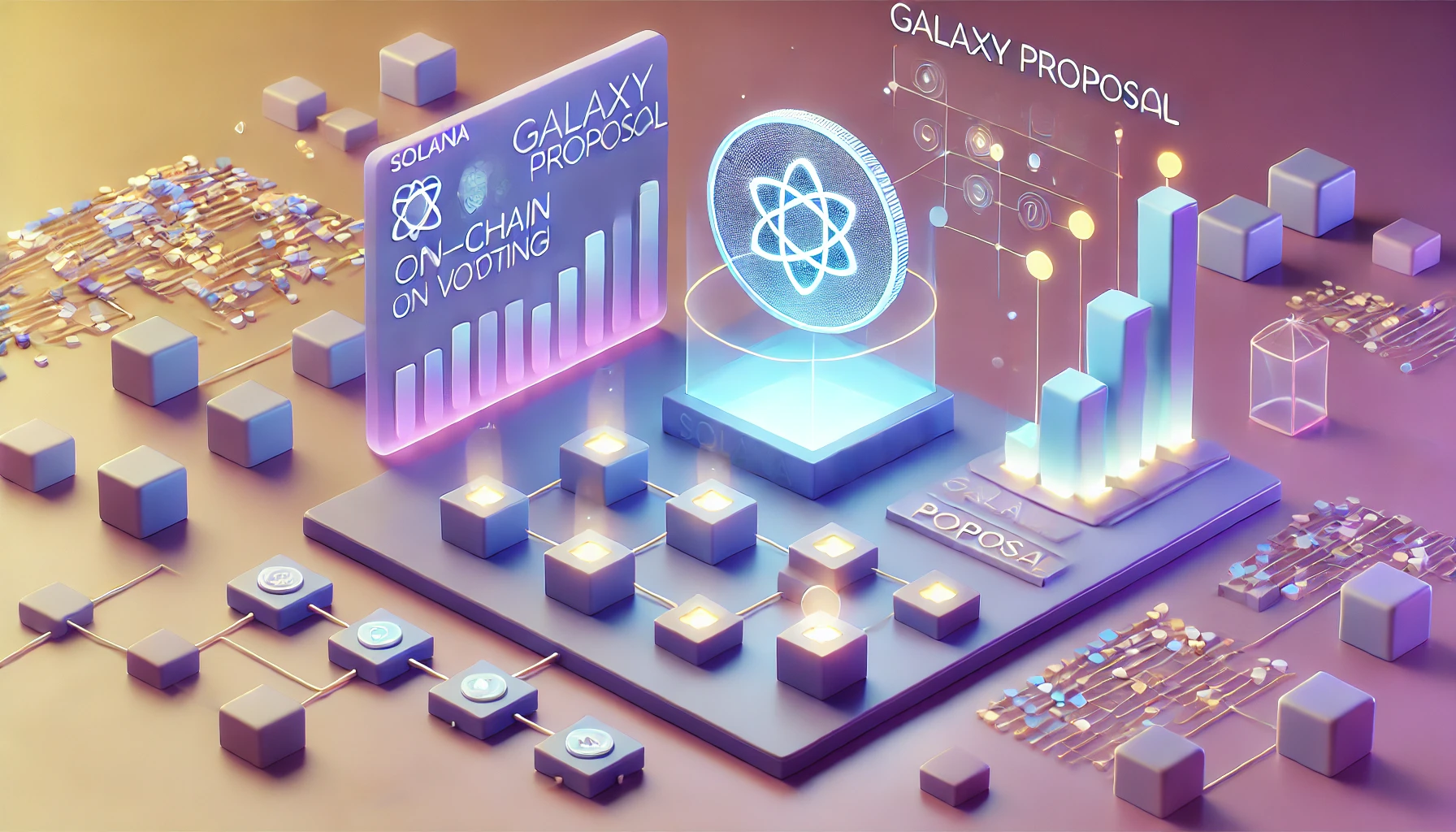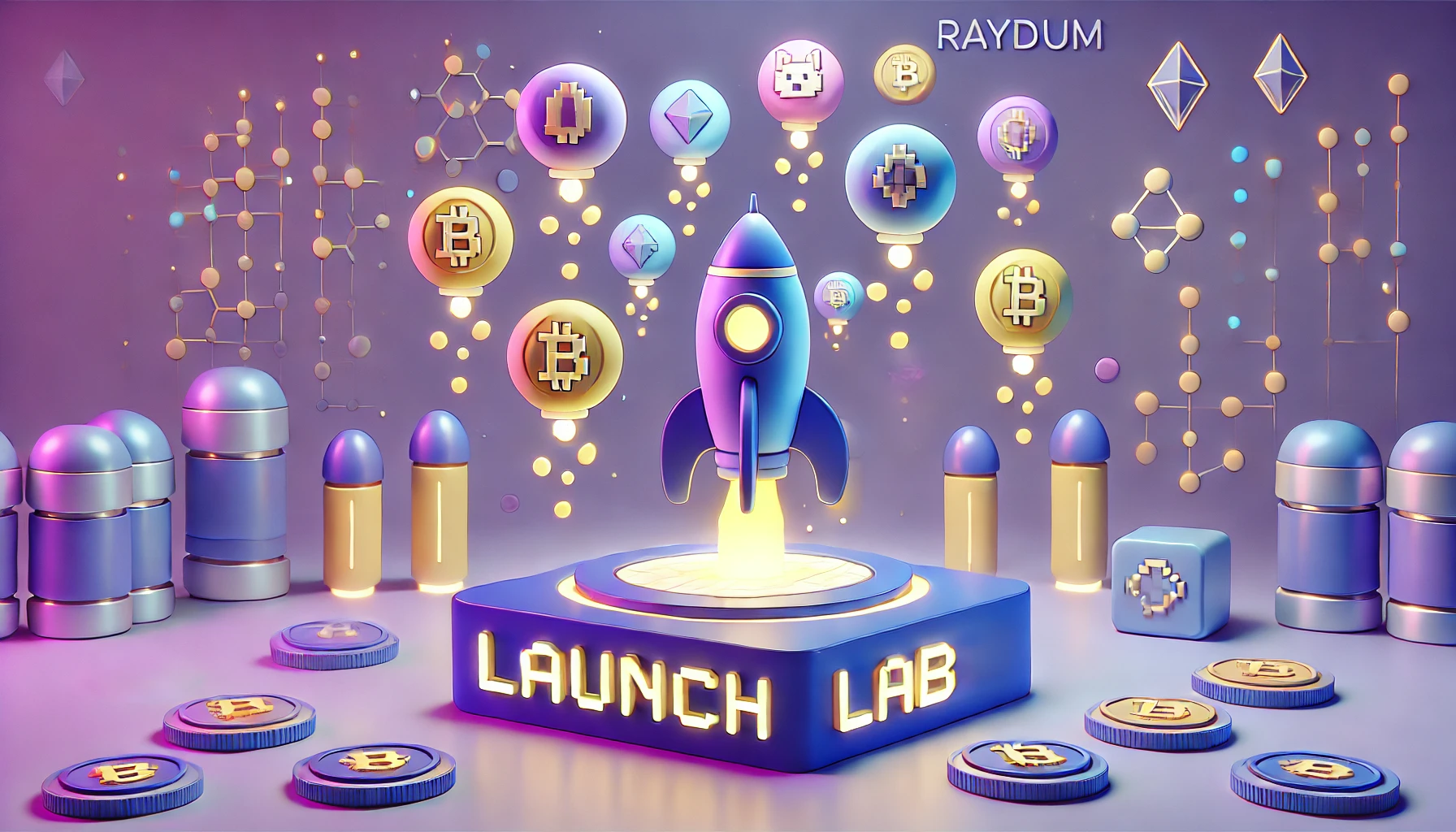Cryptocurrency mining is a fundamental part of the crypto ecosystem. This complex process involves creating new coins and validating transactions on a blockchain, playing a crucial role in the system’s security and decentralization. For aspiring miners, understanding its concepts, methods and how to mine cryptocurrency with your pc, is essential for success in this competitive field.
History of cryptocurrency mining
The early days of Bitcoin and the first miners
At Bitcoin’s inception in 2009, initiated by Satoshi Nakamoto, mining was an accessible activity, achievable with simple personal computers. This initial period, marked by a small community and substantial rewards, laid the foundations for what was to become a global industry.
Developments in mining techniques and equipment
With the rise of Bitcoin and other crypto-currencies, competition for miners intensified. This competition stimulated the development of more efficient mining methods, moving from CPUs to GPUs, and then to the emergence of ASICs. These hardware evolutions have transformed the mining landscape into a continuous technological race.
The role of miners in a blockchain network
Validating transactions and reaching consensus
Miners validate and verify transactions, preventing problems such as double spending. This validation function is essential for maintaining integrity and trust in the blockchain network.
Basics of computational puzzles and proof of work
At the heart of mining lies the computational puzzle, where miners must find a specific value, the nonce, that satisfies precise conditions. This process, known as Proof of Work (PoW), is designed to be resource-intensive, guaranteeing the security and robustness of the blockchain.
Mining hardware: ASICs, GPUs, and FPGAs
What is mining equipment and why is it important?
Mining hardware, made up of ASICs, GPUs and FPGAs, is crucial to solving the cryptographic challenges of blockchain networks. The efficiency of this hardware determines a miner’s ability to solve complex mathematical problems and secure transactions, directly influencing his or her potential rewards.
ASICs: advantages, disadvantages and use cases
ASICs are specialized devices designed exclusively for mining. They offer high efficiency and increased profitability, but lack versatility and require a high initial investment. These characteristics make them ideal for large-scale mining, particularly for cryptocurrencies such as Bitcoin.
GPUs: advantages, disadvantages and use cases
GPUs are appreciated for their versatility and ability to mine different cryptocurrencies. Although they are less efficient than ASICs, their flexibility and scalability make them popular with hobby miners and those interested in altcoin mining.
FPGAs: advantages, disadvantages and use cases
FPGAs offer a balance between the efficiency of ASICs and the versatility of GPUs. Their ability to be reprogrammed for various mining algorithms makes them a valuable option in a constantly evolving crypto environment.
Mining Software and Platforms
Role and key functions of mining software
The mining software acts as an essential intermediary between the mining hardware and the blockchain. It orchestrates the hardware to optimize the resolution of cryptographic challenges, manages resources and ensures communication with the blockchain network. Selecting the right software is crucial to maximizing mining efficiency and profitability.
Popular mining software options
Among the most popular programs, CGMiner and BFGMiner stand out for their compatibility with ASICs and GPUs, while EasyMiner offers a user-friendly interface suitable for beginners. HiveOS stands out for its ability to manage multiple mining installations.
How to choose the right software for your needs
The choice of mining software depends on a number of factors, including hardware compatibility, desired user experience, specific features and flexibility. Miners should also consider the community and support around the software to ensure an optimal mining experience.
Consensus Mechanisms in Blockchain
Importance of consensus mechanisms
Consensus mechanisms are vital to the security and reliability of blockchain networks. They ensure that all participants agree on the validity of transactions, which is essential for the operation of a decentralized system.
Proof of Work (PoW) and its alternatives
Proof of Work (PoW), used by Bitcoin, requires miners to solve complex computational problems. However, due to its high energy requirements, alternatives such as Proof of Stake (PoS) and Delegated Proof of Stake (DPoS) are gaining in popularity. These alternatives offer more energy-efficient and environmentally-friendly solutions.
Investment Methods in Cryptocurrency Mining
Requirements and equipment
To start mining at home, it’s essential to have suitable hardware, a stable Internet connection and a sufficient power supply. These elements form the basis of any effective mining installation.
Building your own system
Building your own mining system requires in-depth technical knowledge. It’s crucial to calculate the computing power required and to invest in a high-performance cooling system to guarantee the longevity of the hardware.
Purchase of ready-to-use equipment
For those who prefer a turnkey solution, the purchase of ready-to-use mining hardware, although more expensive, can offer considerable time savings. Pre-configured ASICs and GPUs are popular options.
Cloud mining as an alternative
Cloud mining offers an attractive alternative, enabling computing power to be rented remotely. This method reduces initial costs and the complexity of managing mining hardware.
Profitability of Cryptocurrency Mining
The profitability of cryptocurrency mining depends on several key factors. The price of the cryptocurrency mined directly influences potential earnings. The price of electricity and the difficulty of mining are also determining factors. Miners need to evaluate these factors to ensure that their mining efforts are economically viable.
Conclusion
Cryptocurrency mining remains an essential pillar of the crypto ecosystem, despite challenges such as ecological impact and market volatility. Miners play a crucial role in securing and stabilizing blockchain networks, offering profit opportunities and active participation in the decentralized economy.














